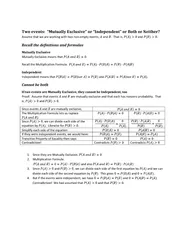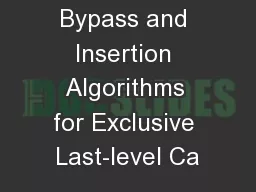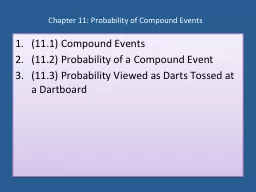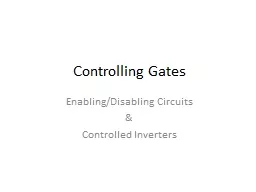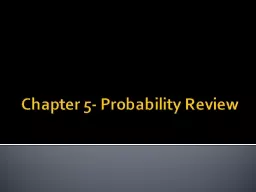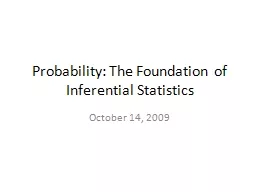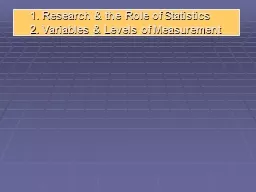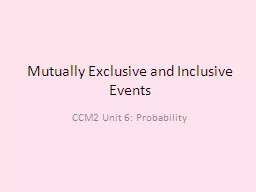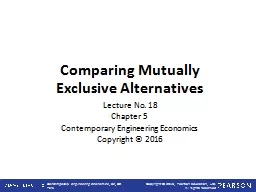PPT-Mutually Exclusive Link Group [MELG]
Author : briana-ranney | Published Date : 2016-04-09
draftbeeramccampmelg02 Vishnu Pavan Beeram Ed John Drake Gert Grammel Juniper Networks Igor Bryskin Ed ADVA Optical Networking Manuel Paul Ruediger Kunze Deutsche
Presentation Embed Code
Download Presentation
Download Presentation The PPT/PDF document "Mutually Exclusive Link Group [MELG]" is the property of its rightful owner. Permission is granted to download and print the materials on this website for personal, non-commercial use only, and to display it on your personal computer provided you do not modify the materials and that you retain all copyright notices contained in the materials. By downloading content from our website, you accept the terms of this agreement.
Mutually Exclusive Link Group [MELG]: Transcript
Download Rules Of Document
"Mutually Exclusive Link Group [MELG]"The content belongs to its owner. You may download and print it for personal use, without modification, and keep all copyright notices. By downloading, you agree to these terms.
Related Documents

![PPT-Mutually Exclusive Link Group [MELG]](https://thumbs.docslides.com/277515/mutually-exclusive-link-group-melg.jpg)
